Monday, September 11, 2017
We start our day with a half hour drive to the Little Bighorn Battlefield National Monument. We check out the museum while waiting for a ranger talk. The talk is outside and when we take our seats, we have a Prairie Chicken entertain us on the nearby grass. The ranger that gives the talk is very enthusiastic and really brings the story to life. He did a good job of explaining both sides of the story and using the battlefield in front of us as an outdoor diorama of where things occurred.
Custer ordered the 7th Calvary to attack as he thought the Lakotas and Cheyennes were about to flee. That did not happen and by the end of the day 263 soldiers including Custer and approximately 80 Indians lay dead. His support never came as they were pinned down some 3-4 miles away. This was the last major offensive by the Indians in trying to preserve their way of life. Custer’s body was relocated to West Point and many of his officers were also buried back East. There is a granite memorial that was erected on Last Stand Hill in 1881 by the war department. The remains of soldiers were collected and re-interred in a mass grave around the base of the memorial. In 1890, army personnel erected white marble markers at the original soldier’s gravesites to mark where they fell.
We also drive the 4.5-mile park road and they have an audio tour where you can listen to narration on your cell phone at the various battle points in the area. The road ends at the Reno-Benteen Battlefield site and we walk a trail here imagining what it may have been like fighting for your life. They retreated up to the bluff but were severely outnumbered and there was no place to hide. There are still depressions where they hastily dug to try and have some protection. There are also markers here where soldiers fell. Interspersed with these are a few markers where Cheyenne or Lakota warriors fell. There are less of these as the Indians carried many of their dead off the battlefield and so the locations of their deaths are unknown.
We return to Last Stand Hill and cross the street to visit the Indian Memorial here. It commemorates the warriors who fell trying to preserve their way of life. There really is no winner in battle when you look at it in the terms of individual lives lost. We have enjoyed our time learning more about this event in our history but it is time to move on. Our final destination on our revised trip itinerary is Bozeman, Montana. We drive west and it takes us a little over three hours.
We use the GPS to locate our friends Ted and Alice’s home. We know them from St. George and they are from Bozeman, where they still have a home. Ted spends the summers here working as a carpenter and Alice works in St George but is able to come up here for a few weeks each month. They had invited us to stay with them at the end of our trip and we called when we entered North Dakota with our revised ETA date. We are in luck as Alice is here too. We are welcomed and after a tour of their home and our room and time to get settled, we head out for a walking tour of the area. They say this is the first clear day they have had in a while as smoke from the fires to the North has been obscuring the surrounding area.
Somehow, our walk leads us to the Bozeman Brewing Company, where we stop for a glass of water (uh huh!). The walk has made us hungry and we head down the main street in search of food. We settle on 14 North, a gastro pub, for a beer and a burger at their happy hour. The food is good, the beverage is good, and the company is good. Not much more we can ask for. After dinner entails an evening stroll back to their house and more great conversation catching up on life. And, Life is good.
- We Are Here
- National Cemetary
- Sioux Warrior
- Cavalry Soldier
- Custer’s Last Stand
- Where Custer Died
- Battlefield Marker
- The Battlefield
- Battles Were Spread Out
- Battle Horse Ancestors?
- Battle Started at the River
- Reno-Benteen Battle Memorial
- Indian Battlefield Marker
- Open Terrain
- Soldiers Memorial
- Indian Memorial
- Should Have Kept His Promise
- Relished the Battle
- Indian Names

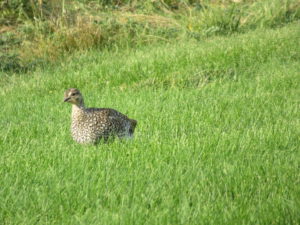
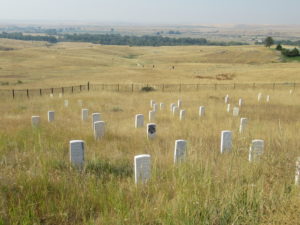
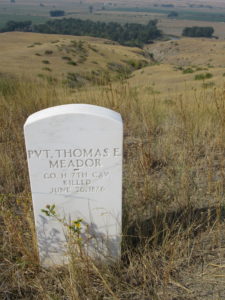
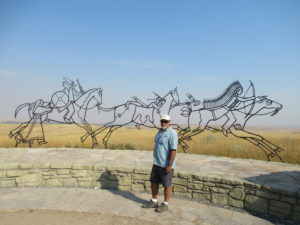
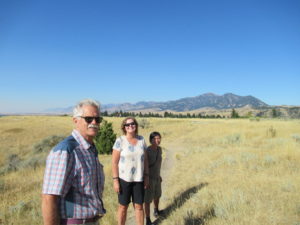
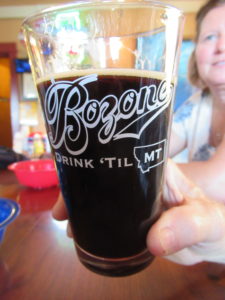
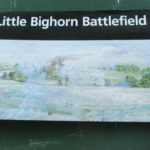
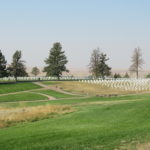
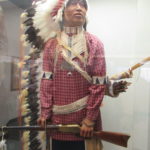
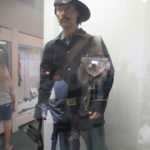
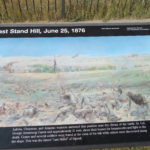
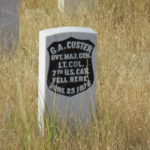

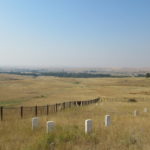
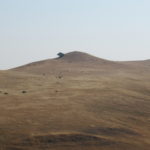
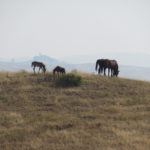
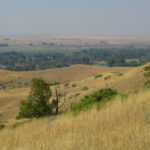
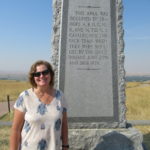

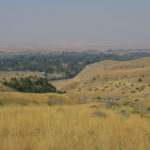
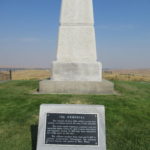
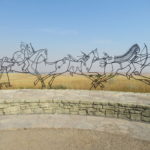

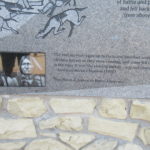
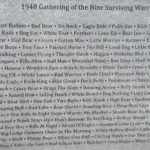
No Comments Yet